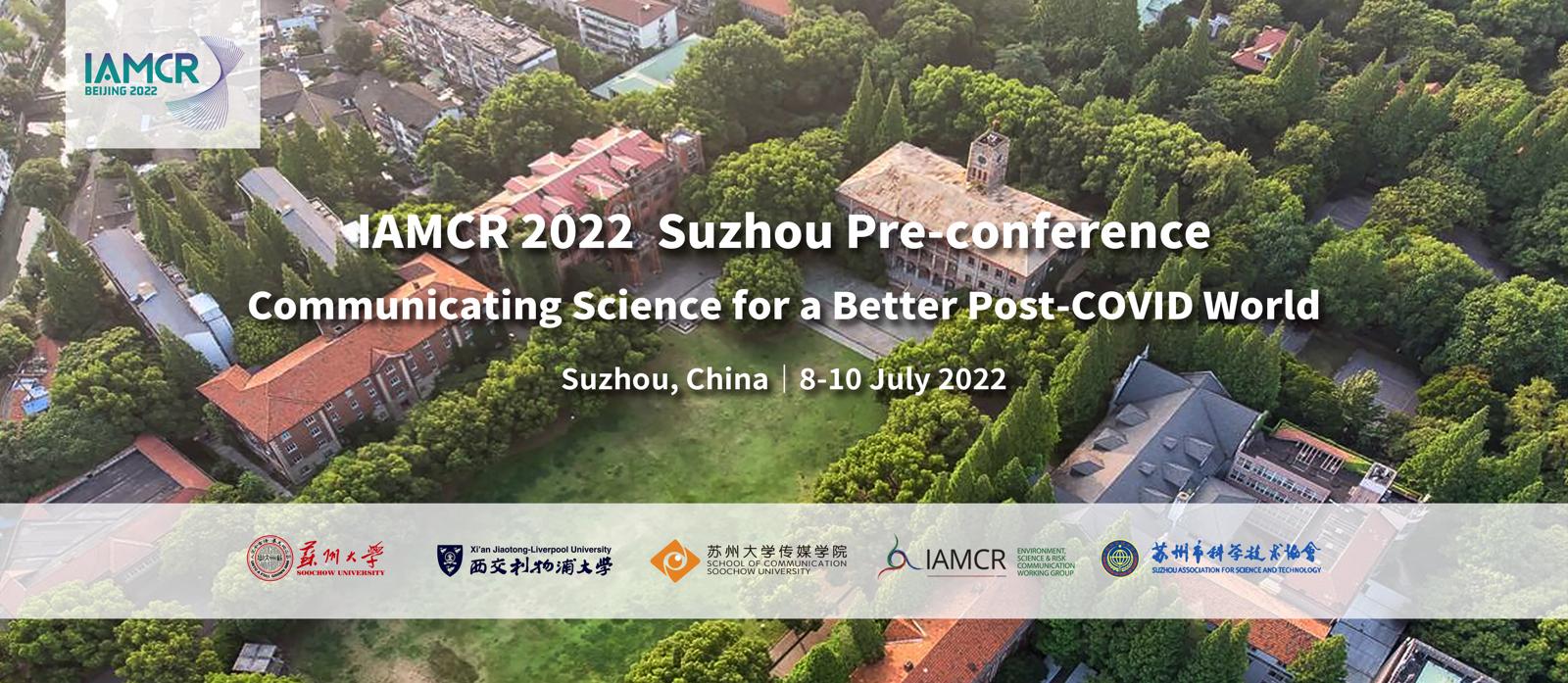Torrential rains have battered central China's Henan Province on July 20, 2021, among which Zhengzhou received record-breaking levels of average precipitation of 457.5 mm within 24 hours. Late the next day, an online documentation called "Information on Persons to be Rescued" quietly emerged, lifting the curtain on a digital rescue movement. The initial version of the document consisted of only a few words, "information for help-seekers" and "information for rescuers", but within 24 hours it received more than 2.5 million visits and was updated to more than 270 versions. Consequently, the online documentation was known as "life-saving document" for being an infrastructure for online and offline rescue information.
What remains to be answered is how online documentation, originally collaboration technologies designed for remote work and learning, had transformed into "life-saving document" stimulating digital rescue movement under public emergency. How did this shift happen? This article aims to shed light on the technological mechanism and social symptoms indicated by this transformation process. By considering "technology affordance" as the key clue, we firstly combed the specific "mediated context" during disaster in which online documentation stood out as a life-saving technology, that is, an emergency calling for decentralized information collaboration which distinguish from the centralized command-and-control model.
Then, by tracing how media technology evolved in this mediated context, we try to explore the technological logic and operation mechanism of online documentation itself. Based on the holistic frame of "socio-material practice", namely social interactions and material things are intertwined, we demonstrate how online documentation’s affordance, emerging as some kind of "structural possibility", stimulates while also limits the digital rescue movement online and offline. At the same time, the counteraction of digital rescue practice to online documentation, which motivate the technology itself to update, is also discussed.
We conclude by the idea that it is the technology, not just human actors, that is vital for the community which appeared briefly during disaster. However, with the deep integration of people and technology, a seemingly short-lived crowd gathering can still stimulate extraordinary public action, which means that the "temporary community" reveals the possibility of a new kind of community in the digital age. Further research on how we can make such temporary community work well in our daily life, not just under emergency, will be encouraged.

 京公网安备 11010802039275号
京公网安备 11010802039275号